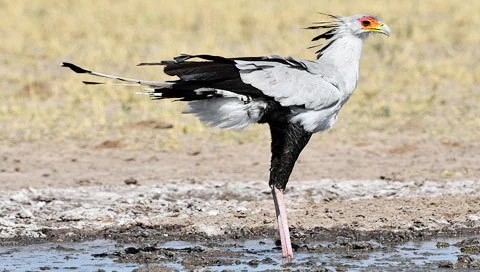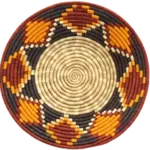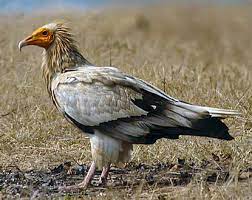Danakil Depression Animals
The Afar Depression flora is primarily consists of drought-resistant plants like dragon trees and grass. As a depression the rain from the highlands flows to to the desert with it washing some fertail soil giving a little chance to few animals and birds.
Danakil Depression Organism
The Danakil Depression in Ethiopia is one of the most inhospitable places on Earth. It’s a geological depression resulting from the Arabian, Nubian and the Somalian plates are in divergent movement. creating a vast depression and the fact the Depressions crust in the Danakil is very thin it is exposed to the volcanic activity underneath it. This is the main reason for the different volcanic activities that makes the Danakil and there is are also some microscopic Hydrophilia bacteria’s who who call the Dallol depression a home. giving us a clue on how life can exist in such a harish conditions.

Danakil Depression Animals
The Birds and animals mentiones below are wild life you will probably come across whilst your Danakil Depression Tour with us. Our drivers and Tour guides are always searching for them but if you happen to see on first you can inform the driver or guide to go closer for photo. birds include the ostrich, the endemic Archer’s lark, the Secretary Bird, Arabian and Kori bustards, Abyssinian Roller and Crested Francolin, Egyption Vulture also known as Pheros Chicken.
Yangudi Rasa National Parks
Yangudi Rassa National Park is one of the national parks in Ethiopia located in the south in the afar region. it was first founded in 1973 as a reserve area for the Somalian wild Ass.
Large animals native to the park include Beisa oryx, Soemmering’s gazelle, gerenuk and Grevy’s zebra. Bird species of interest include Lesser Flamingo, Kori Bustard and Pale Rockfinch.
It Is Also important park for Terek Sandpiper, Common Sandpiper, Redshank, Woodchat Shrike, Lesser Grey Shrike, Black Cap and Ortolan Bunting. This protected area also has 36 species of mammals including Wild Ass, Beisa Oryx, Dorcas Gazelle, Hamadryas Baboon, Bat-eared Fox, Black-backed Jackal, Striped Hyena and Aardwolf.

